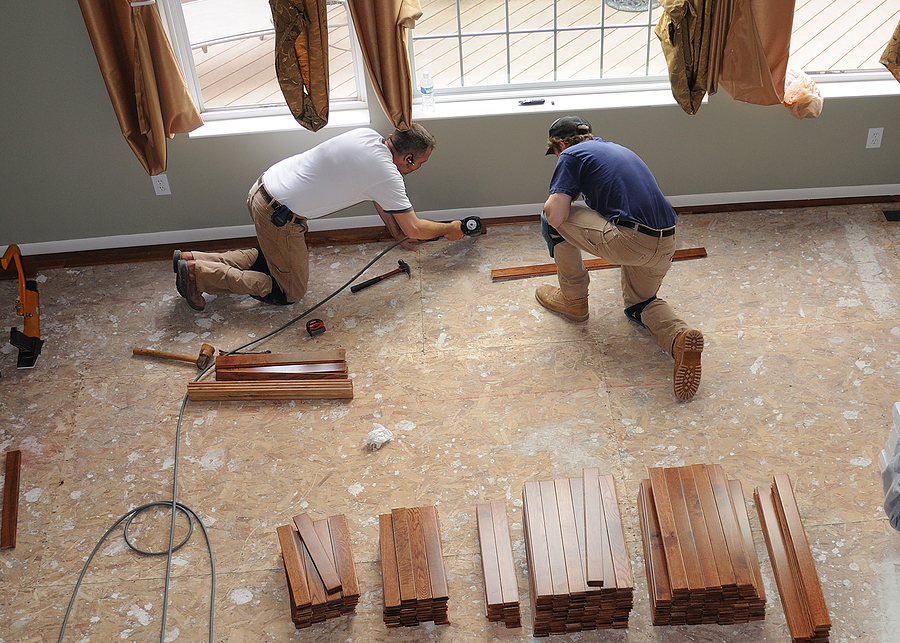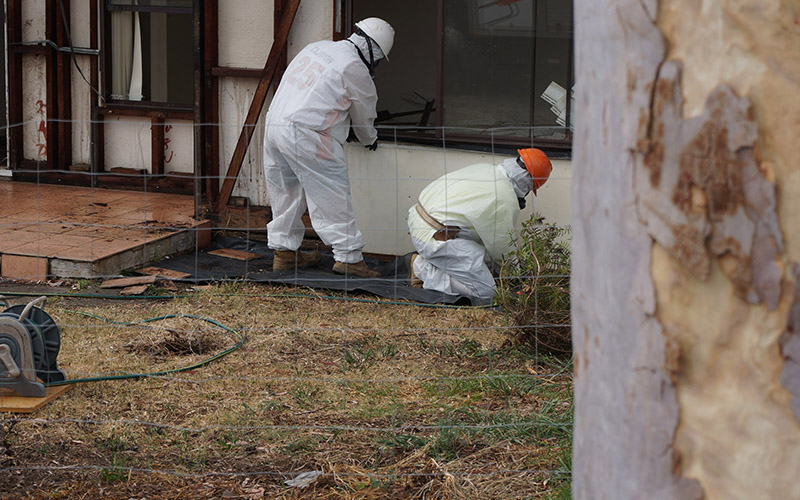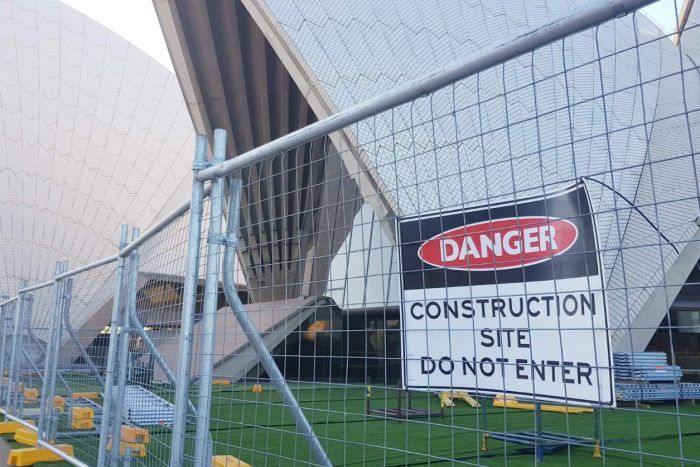If you're planning to use black mastic for tiling or flooring, it's important to take safety measures. Asbestos might be present in it, which can be dangerous if you inhale it. Make sure to follow proper safety guidelines and precautions
Read moreHere's What You Need To Know About Non-Friable Asbestos
During its time as a ‘miracle mineral’ asbestos saw wide use in Australia, particularly in the construction industry. Coveted for its durability and resistance to heat, asbestos fibres were used in everything from fibre cement sheeting (often referred to as fibro) to insulation and even as a paint additive.
Corrugated asbestos cement sheeting and asbestos cement sheeting: two examples of non-friable asbestos.
Although a total asbestos ban was implemented in Australia in 2003, there is still a high volume of asbestos in the existing housing supply, specifically in houses built or renovated before 1991. Today as a result asbestos removal and disposal is big business.
Under Australian law, in order to remove quantities of asbestos larger than than 10 Square metres you need to have an asbestos removal licence.
There are two types of licences that you can acquire to perform asbestos removal: a Class A licence for both friable and non-friable asbestos and a class B licence for non-friable asbestos only.
In this blog we will take a look at the more common variety of these two types of asbestos: non-friable.
Non-friable asbestos refers to Asbestos Containing Materials (known as ACMs) in which the asbestos particles are tightly bonded. This is usually done with a bonding agent like concrete or plaster.
The presence of this bonding agent means, that unlike friable asbestos, the asbestos fibres are unlikely to break or crumble.
Compared to friable ACMs, which can consist of 100% asbestos fibres, non-friable ACMs contain a relatively low amount of asbestos, usually no more than 15%.
Once you strip a fibro home of its asbestos sheeting, there is not much left.
For these reasons non-friable asbestos is the safer of the two types and usually poses little threat to human safety if intact and undamaged. However, it does pose significant risk if it is broken or cut in anyway as it breaks this bond, potentially releasing dangerous asbestos fibres into the air.
Non-friable asbestos must be removed carefully by hand to ensure the ACM is undamaged and unbroken in the removal process. The ACM is then wrapped in plastic and gently placed in a skip for disposal.
Some common non-friable asbestos products include Fibro, Super Six corrugated cement sheeting, flue pipes, cement roof shingles, sprayed insulation and boiler insulation.
Home renovators should proceed with caution when dealing with asbestos.
Bar far the biggest risk posed by non-friable ACMs is to renovators, who often cut or grind these products without realising they contain asbestos. If you live in an older home and are thinking of renovating it is important to have the property inspected to see if any asbestos is present before commencing renovations.
Related Articles
Dangerous Friable Asbestos Found In The Sydney Opera House
Like many other Australian buildings constructed in the 1950's, the iconic Sydney Opera House has been found to contain asbestos.
It was first reported back in August that asbestos fibres had been found in the building's wiringand that 25 workers were exposed to the carcinogenic material while working on a service duct. Last Thursday, more unexpected asbestos was detected while electricians were carrying out upgrades to the Opera House’s Joan Sutherland Theatre.
Samples of the substance were taken for testing on Thursday and confirmed to be friable asbestos on Friday. In response, the 35 electricians working on the Joan Sutherland Theatre refused to continue working due to the presence of the toxic substance.
Friable asbestos products, such as ‘Mr Fluffy’ were generally used as insulation. Not particularly common in Sydney, friable asbestos saw widespread use in colder parts of the country such as the outer suburbs of Canberra.
Also known as loose fill asbestos, friable asbestos is particularly hazardous. While other asbestos products are usually only dangerous if disturbed or removed incorrectly, fibres from friable asbestos easily become airborne with little provocation. Breathing in just a single asbestos fibre can lead to serious negative health effects like mesothelioma.
The side effects of asbestos exposure can take decades to emerge and this latest batch of workers exposed to the toxic substance won’t know for between 10 to 30 years if their exposure is fatal or not.
Although the company contracted to carry out the building upgrades, Laing O’Rourke, claims to have a comprehensive asbestos management plan in place, last week alone there were two unexpected asbestos finds, not including the workers exposed to asbestos back in August. Such asbestos finds pose a serious risk for workers carrying out the upgrades.
This high profile asbestos case is a harrowing reminder of the serious health risks posed by asbestos and how important it is that asbestos is removed carefully and by trained professionals.










